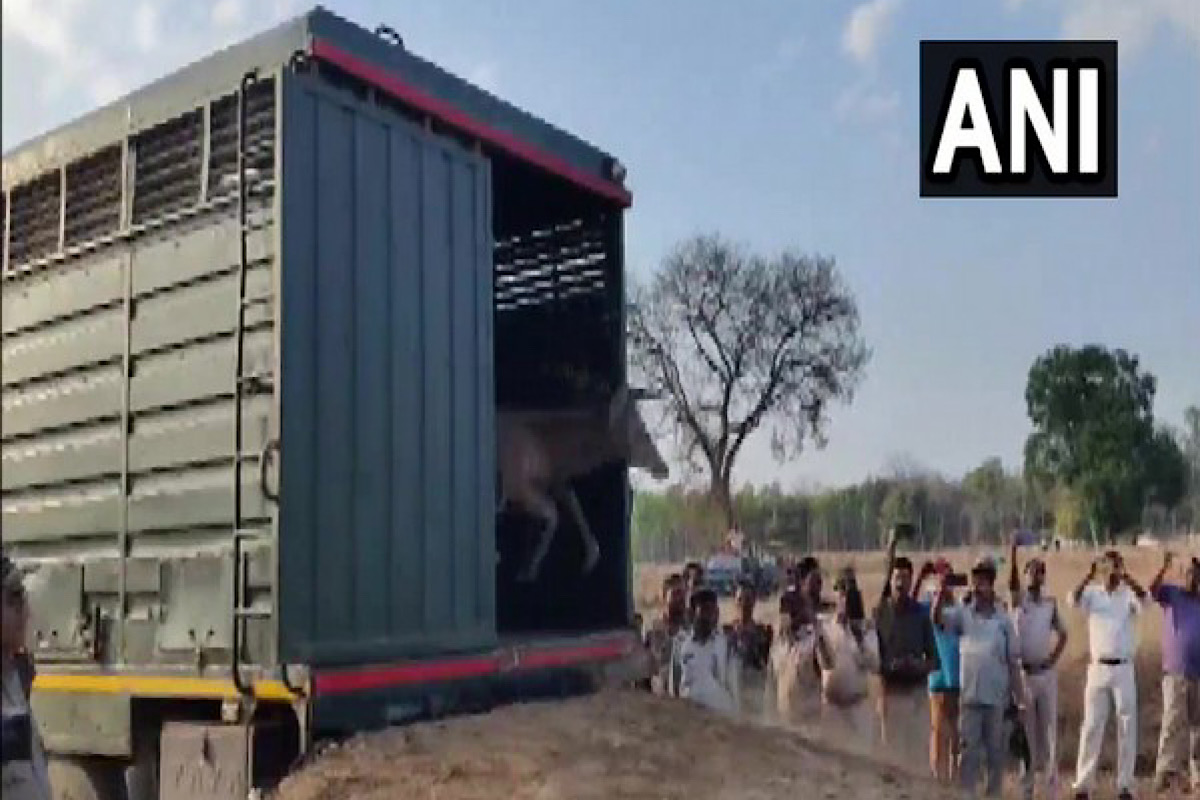As many as 19 swamp deer brought from Kanha National Park were released into enclosures built at Magadhi Zone in Bandhavgarh Tiger Reserve, which is located in Madhya Pradesh’s Umaria district on Sunday (March 26).
The 11 male and 8 female deer were brought in a special truck from the Kanha National Park which is around 200 kilometres away from the tiger reserve. A separate enclosure has been built for the swamp deer at the Magadhi zone of the tiger reserve which is named ‘Barasingha Home’ (Swamp Deer Home).
Advertisement
100 swamp deer will be brought here and in the first lot, 19 swamp deer, were released into the enclosure.
Madhya Pradesh Principal Chief Conservator of Forests (PCCF), J S Chouhan released the deer in the Barasingha Home.
Assistant Director of Bandhavgarh Tiger Reserve, Sudhir Mishra said, “The Centre has permitted us to bring 100 swamp deer, with 50 in the first year. So, today (on March 26), 19 of them have been brought, which includes 11 males and 8 females.”
“We have made an enclosure here that is carnivore-proof. No carnivorous animal can go inside the enclosure. We have elephants too and we have made arrangements to see that the elephants don’t damage the enclosure,” he added.
Notably, swamp deer have been resettled in Bandhavgarh Tiger Reserve, famous for tigers, after about 40 years. They will be kept in the enclosure for about three years and then they will be released into the wild.
The management has made complete preparations for the care and arrangements of the swamp deer.











